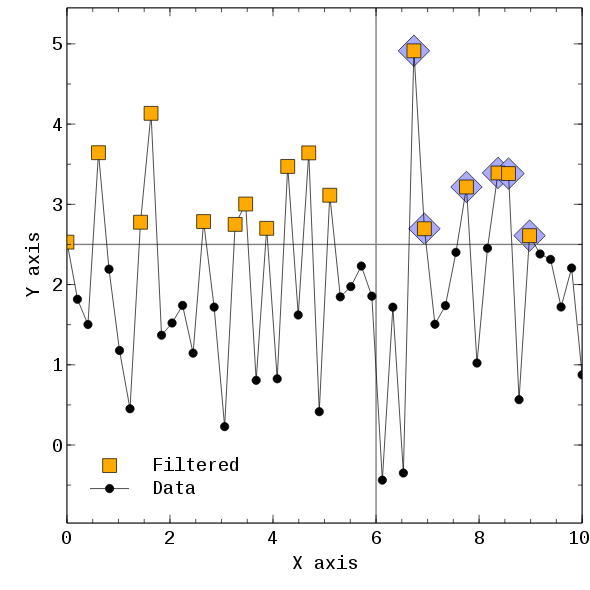
Veusz provides excellent 3D visualization of the output data. To make it more interesting, I add the Z-axis, which includes the respondents’ age. Clusters are commonly presented in 2D scatter plots.


Similarly, it can cluster countries, households, or other units into more coherent groups. The K-means clustering algorithm is often used to cluster the customer base into discrete customer groups with similar characteristics. Let’s demonstrate it on a simple example. The largest Veusz’s competitive advantage over some other graphic packages is likely its capability to prepare complex 3D graphs. Graph export possibilities include TIFF format and other standard formats (JPG, PNG, and several others).
#Edit plot in veusz tab code
For instance, this piece of code constructs a simple x-squared plot which changes to x-cubed (it is referenced from the official documentation): import veusz.embed as veusz import time # open a new window and return a new Embedded object embed = veusz.Embedded('window title') # make a new page, but adding a page widget to the root widget page = ('page') # add a new graph widget to the page graph = page.Add('graph') # add a function widget to the graph. There is, therefore, another competitor to the standard python libraries such as Matpotlib, Seaborn, or Plotly. Veusz can be used as a Python module for plotting data. The NumPy package is already imported into the command line interface. Veusz can also read Python scripts from files. When commands enter in the command prompt in the Veusz window, it supports a simplified command syntax, where brackets following commands names can be replaced by spaces in Veusz commands. Therefore you can freely mix Veusz and Python commands on the command line. As Veusz is programmed in Python, it uses Python as its scripting language. Command-line interfaceĪn alternative way to control Veusz is via its command-line interface. Properties of widgets are edited in the Properties window, and their appearance and formal side (font, axis line color, color of labels, etc.) in the Formatting window. In Veusz, plots are created by building up plotting widgets, specific elements (charts, axes, text labels, etc.) that the user adds or removes in the Editing window.
#Edit plot in veusz tab manual
Manual formatting involves importing data and manual editing graphs to build the 2D or 3D product. Veusz allows formatting graphs in three ways:

#Edit plot in veusz tab professional
Veusz is a graphing program designed to produce publication-ready plots for academic and professional journals.


 0 kommentar(er)
0 kommentar(er)
